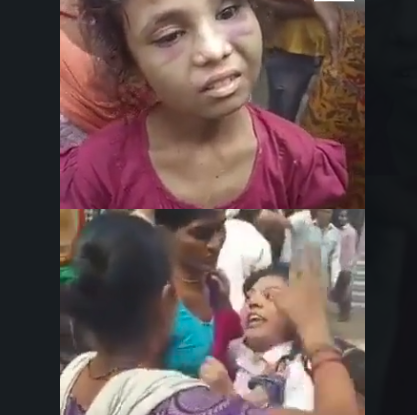Monojit Mishra, aged 31, who is a practicing criminal lawyer as well as a former student and contractual non-teaching staff member of the institution, was taken into custody on June 25. He was arrested alongside two current students of the college, identified as Pramit Mukherjee and Zaib Ahmed, following a complaint lodged by a first-year law student. The student alleged that she had been gangraped within the boundaries of the college campus. In connection with this incident, the Kolkata Police later filed a comprehensive chargesheet spanning 658 pages in what is now referred to as the South Calcutta Law College gangrape case. The document names four individuals as accused, with the prime suspect being Monojit Mishra, who has also been suspended from his position as a leader of the Trinamool Congress Chhatra Parishad (TMCP).
The chargesheet, which was formally submitted by the Detective Department in close coordination with the Kasba Police Station, draws upon a detailed and extensive collection of technical, scientific, and circumstantial evidence. This body of evidence was meticulously gathered over the course of the investigation, ensuring that multiple sources and methods were utilized to establish the sequence of events and the involvement of the accused.
Monojit Mishra’s arrest on June 25 was accompanied by the detention of two other current students, namely Pramit Mukherjee and Zaib Ahmed, after the initial complaint was filed by the survivor. In addition to these three, a fourth suspect emerged during the investigation—Pinaki Banerjee, who was employed as the security guard at the college. Banerjee was apprehended at a later stage, after investigators uncovered information pointing toward his involvement in the crime.
All four accused individuals are presently lodged in judicial custody, awaiting further legal proceedings as the trial moves forward.
According to reliable police sources familiar with the case, the chargesheet highlights three major forms of forensic and digital evidence that were pivotal in reinforcing the survivor’s allegations. The first is a DNA analysis, in which forensic experts confirmed that the DNA profile of Monojit Mishra was consistent with samples recovered from the clothing of the survivor, thereby linking him directly to the assault. The second crucial piece of evidence involves mobile phone recordings; investigators retrieved video footage from the devices of the three accused, which captured explicit documentation of the sexual assault, leaving little doubt regarding their active participation in the crime. The third key evidence comes from the college’s security surveillance system. CCTV cameras installed both inside and around the premises captured significant moments, including visuals of the accused escorting the survivor into the guard’s room, where she was taken against her consent.
The police have stated that these three categories of evidence strongly corroborate the survivor’s written complaint, which initially prompted the filing of a First Information Report (FIR) at the Kasba Police Station. Acting swiftly on the complaint, law enforcement authorities managed to arrest the three main accused—Mishra, Mukherjee, and Ahmed—within just six hours of the FIR being lodged. Subsequent findings by the Special Investigation Team (SIT), which was specifically constituted by the Kolkata Police to handle the sensitive nature of the case, led to the eventual arrest of Banerjee, thereby completing the set of four individuals named in the chargesheet.
In her complaint, the survivor, a 24-year-old law student, alleged that she was sexually assaulted by Monojit Mishra after she turned down his marriage proposal. Furthermore, she claimed that the two students, Mukherjee and Ahmed, played secondary yet complicit roles by acting as lookouts during the crime and also by capturing the assault on their mobile phones, which later became damning evidence against them.



